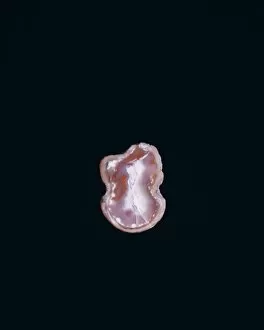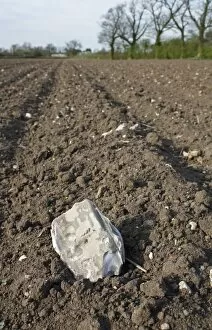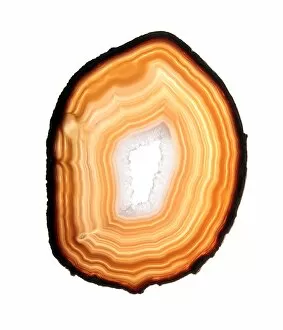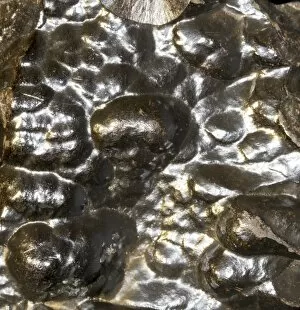Chalcedony Collection (#3)
Chalcedony, a variety of the mineral quartz, is known for its stunning beauty and versatility
For sale as Licensed Images
Choose your image, Select your licence and Download the media
Chalcedony, a variety of the mineral quartz, is known for its stunning beauty and versatility. Its name originates from the ancient Greek city of Chalcedon, where it was first discovered. This captivating gemstone comes in various forms and colors, such as jasper and agate. One remarkable example of chalcedony's allure is an exquisite grey and white agate bowl. Crafted with precision and skill, this bowl showcases the stone's natural patterns in a mesmerizing display. Intriguing historical artifacts also feature chalcedony prominently. Take, for instance, a sacrificial knife from Aztec/Mixtec culture in Mexico during the 15th-16th century. Adorned with chalcedony stones, this ceremonial weapon symbolizes power and spirituality. Chalcedony's charm extends to delicate snuff bottles created during China's Qing dynasty (1644-1911). A snuff bottle featuring an equestrian bannerman holding a flag captures the essence of Chinese artistry between 1800-1900. Another bottle portrays a playful monkey atop rockwork dating back to 1760-1830. Meanwhile, a gourd-shaped double snuff bottle crafted by an unknown artist during 1780-1880 demonstrates creativity within traditional Chinese craftsmanship. The allure transcends time and borders; even Europe has been captivated by its beauty throughout history. A pendant cameo depicting Venus and Cupid likely served as a hat badge mounted on jewelry originating from Northern Italy. Similarly enchanting is another pendant showcasing Orpheus charming animals through intricately carved chalcedony cameo work dating back to c. 1550-c1600. Not limited to ornamental purposes alone they can be found adorning functional objects like loop-handled dishes made by Charles Robert Ashbee in England during 1902/03.













